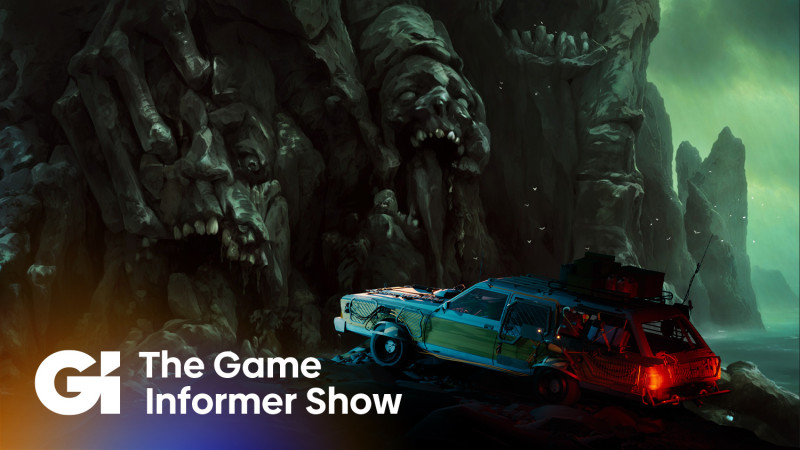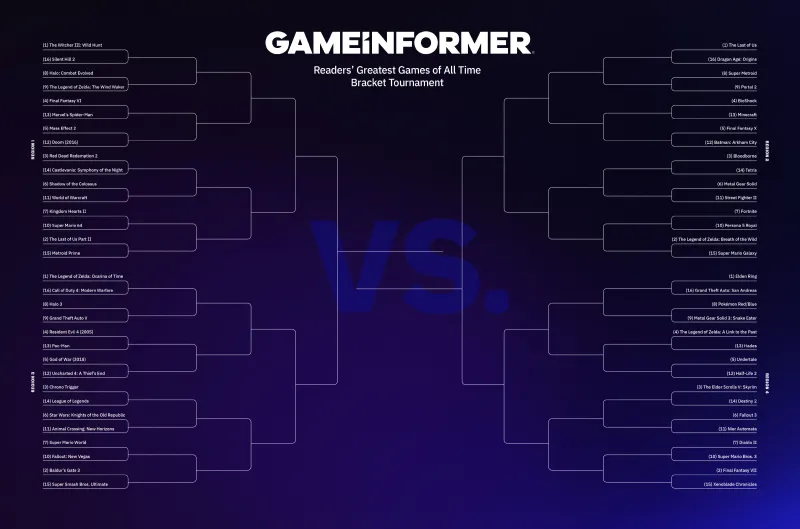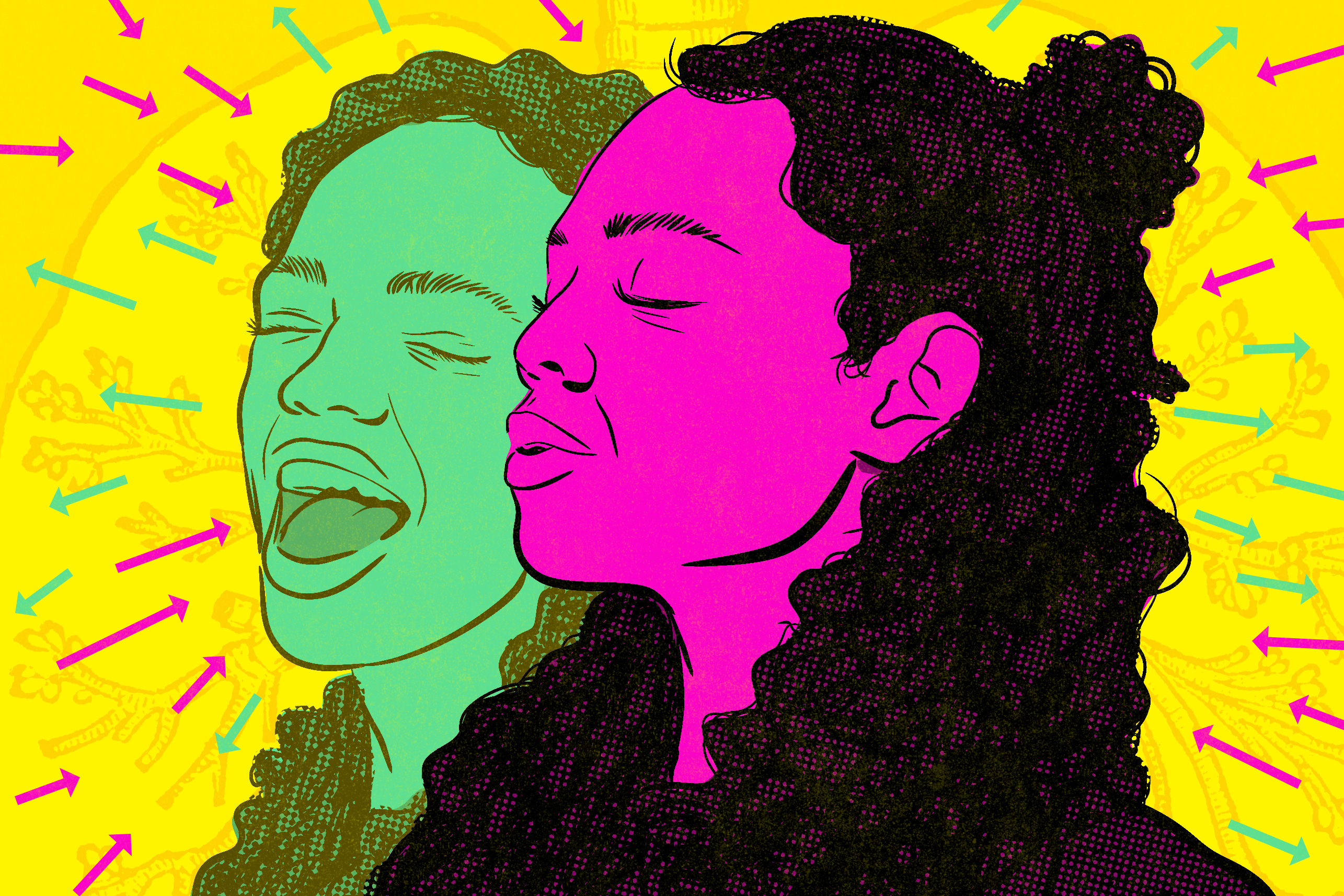“It’s been a wild ride,” says Christopher Williams PhD ’12, moments after he received his astronaut pin, signifying graduation into the NASA astronaut corps.
Williams, along with Marcos Berríos ’06 and Christina “Chris” Birch PhD ’15, were among the 12-member class of astronaut candidates to graduate from basic training at NASA’s Johnson Space Center in Houston, Texas, on Tuesday, March 5.
NASA Astronaut Group 23 are the newest generation of Artemis astronauts, which includes 10 hailing from the United States, as well as two from the United Arab Emirates who trained alongside them.
During their more than two years of basic training, the group became proficient in such areas as spacewalking, robotics, space station systems, T-38 jets, and Russian language. The graduates also said that they asked endless questions about the functions of their spacesuit, which they wore while submerged in huge pools to practice spacewalks. They jumped into a frigid lake during a 10-day hike in Wyoming and shared the hauling of a 30-pound lava rock back to camp for more geology study, as well as the last bag of peanut M&Ms after running out of ready-to-eat meals during survival training in the Alabama back country.
“We feel ready to put our efforts and our energy into supporting NASA’s science on the space station or in support of our return to the moon and this program,” says Birch. “All of the Flies feel a great sense of responsibility and excitement for what comes next.”
The team earned the nickname “The Flies” from the previous astronaut class, the “Turtles,” and even designed their team patch into a housefly shape. (The team prefers calling themselves the Swarm, “which has a little bit more pizzazz,” says Birch.) “Traditionally, these names are usually things that do not take well to flight,” she adds. “We were really surprised that they gave us a flying creature. I think they have a lot of faith in us and hope that we fly soon.”
The Turtles were the first class to graduate under NASA’s Artemis program, in 2020. They included three aeronautics and astronautics alumni: Raja Chari SM ’01, Jasmin Moghbeli ’05, and Warren “Woody” Hoburg ’08. Former Whitehead Institute for Biomedical Research research fellow Kate Rubins, who was selected as a NASA astronaut in 2009 and had served as a flight engineer aboard the International Space Station, also joined the team.
After the newest graduates received their silver NASA astronaut pins, they joined the other 36 current astronauts eligible “to sit on the pointy end of a rocket” for such initiatives as assignments to the International Space Station, future commercial destinations, deep-space missions to destinations including the moon on NASA’s Orion spacecraft and Space Launch System rocket, and eventually, missions to Mars. The Artemis initiative also includes plans for the first woman and first person of color to walk on the moon.
For now, the Flies will be supporting all of these initiatives while Earthbound.
“Hopefully within next two or three years, my name will be called to go to space,” says Berrios. For now, he will stay in Houston, where he’ll be working in the human landing system program, including with private companies such as SpaceX and Blue Origin. He’ll also continue his training in advanced robotics and Russian, and he is training at various international partner countries working with space station modules.
Marcos Berrios
When he was selected to join the NASA astronaut program, Berríos had been serving as the commander of Detachment 1, 413th Flight Test Squadron and deputy director of the Combat Search and Rescue (CSAR) Combined Task Force. As a test pilot, he has accumulated more than 110 combat missions and 1,400 hours of flight time in more than 21 different aircraft.
Berríos calls Guaynabo, Puerto Rico, his hometown, and says he appreciated other Latino American astronauts, including Franklin R. Chang Diaz PhD ’77, serving as his role models and mentors. He hopes to do the same for others.
“Today hopefully marks another opportunity to open doors for others like me in the future, to recognize that the talent in the Latin American community is strong,” he said on the day of his graduation. His advice to those dreaming of being an astronaut is “to not give up, to stay curious, stay humble, be disciplined, and throughout all adversity, throughout all obstacles, that would all be worth it in the end.”
“I’ve always wanted to be an astronaut,” he says. He read a lot of astronaut autobiographies, and frequently Googled class 2.007 (Design and Manufacturing I), which led him to study mechanical engineering at MIT. He earned his master’s degree in mechanical engineering as well as a doctorate in aeronautics and astronautics from Stanford University, and then enrolled at the U.S. Naval Test Pilot School in Patuxent River, Maryland.
As a developmental test pilot at the CSAR Combined Test Force at Nellis Air Force Base in Nevada, he learned avionics, defensive systems, synthetic vision technologies, and electric vertical-takeoff-and-landing vehicles.
Berríos says that MIT, particularly while working with Professor Alexander Slocum, instilled within him the discipline required for his successes. “I don’t want to admit how spending, like, 24 hours on problem set after problem set just provided that attitude and mentality of like, ‘Yeah, this is tough, this is hard,’ but you know we’ve got the skills, we’ve got the resources, we’ve got our colleagues, and we’re going to figure it out … and we’re going to find a pretty novel way to solve it.”
He says he found spacewalk training to be especially tough “physically, because you’re in a pressurized spacesuit — it’s stiff, it requires strength and stamina — but also mentally, because you have to be focused for six hours at a time and maintain high awareness of your surroundings as well as for your partner.”
The new astronaut says he identifies first as an engineer and researcher. “We’re kind of a jack-of-all-trades,” he says. “One of the one of the amazing things about being an astronaut, and certainly one of the things that was very captivating for me about this job, was all of the different subject matters that we get to touch on. I mean, it’s incredible.”
Christina Birch
An Arizona native, Birch graduated from the University of Arizona with bachelor’s degrees in mathematics, biochemistry, and molecular biophysics. As a doctoral candidate in biological engineering at MIT, she conducted original research at the intersection of synthetic biology, microfluidics, and infectious disease, and worked in the Jacquin Niles lab in the Department of Biological Engineering. “I really am grateful for (her advisor, Niles) taking me on, especially when he was starting up his lab.”
After graduation, she taught bioengineering at the University of California at Riverside, and scientific writing and communication at Caltech. But she didn’t forget the skills she gained while on the MIT cycling team; in 2018, she left academia to become a decorated track cyclist on the U.S. National Team. She was training for the 2020 Summer Olympics, while also working as a scientific consultant for startups in various technology sectors from robotics to vaccine development, when she was selected by NASA.
“I really need to give a shout out to the MIT cycling team,” she says. “They helped give me my start,” she says. “It was just a fantastic place to get a taste of that cycling community which I’m still a part of. I do still ride; I’m focused on longer-distance races, and I like to do gravel races.”
She’s also excited that the International Space Station has a bike trainer called CEVIS, and Teal CEVIS, to reduce muscle and bone loss experienced in microgravity.
Her next role is to support the Orion program.
“Last week, I was out in San Diego supporting the underway recovery training, which is the landing and recovery team’s practice to recover crew from the Orion capsule after a simulated splashdown in the Pacific. It was just such an incredible learning opportunity for me getting up to speed on this this new vehicle. We’re doing the Orion 2 mission, which is really an incredible test flight.”
“The more I learn about the program, the more I see how many different elements that we are building from scratch,” she says. “What really sets NASA apart is our dedication to safety, and I know that we will fly astronauts to the moon when we’re ready, and now that comes under a little bit of my purview and my responsibilities.”
How does she incorporate her backgrounds in cycling and her biological engineering research into the space program? “The common link between my pursuit of the pointy edge of the bike race, and also original research at MIT, has always been the stepping into the unknown, comfort-pushing boundaries. Whether it’s getting into the T38 jet for the first time — I don’t have any prior aviation experience — and standing up in front of an audience to give a scientific lecture or to make an attack on the bike, you know I’ve done that emotional practice.
“I think being comfortable in discomfort and the unknown, stepping through that process with a rigorous sort of like engineering-questioning, is because MIT set me up so well with a strong foundation of understanding engineering principles, and applying those to big questions. Places where we don’t have full understanding of a system or how something works, and then there is spaceflight, how we are very much developing these technologies and testing them as we go. Ultimately, human lives are going to depend on asking really good questions.”
She says her biggest challenge so far has been diversifying her skill set.
“I had to make a pretty big transition when I arrived (to NASA training) because I had previously been in a mentality of trying to be the best in the world at something, be it the best in the world on the bike, or you know, being the expert in RNA aptamer malaria-targeting technologies, which is the research I was doing at MIT, and then having to switch to being both knowledgeable and skillful in a huge number of different areas that are required of an astronaut. I don’t have an aviation background so that was something very new, very exciting, and very fun, it turns out. But also having to develop spacewalk skills, learning to speak Russian, learning to fly a robotic arm, and learning all about the International Space Station systems, so going from a specialist, really, to a generalist was a pretty big transition.
“One of the hardest things about astronaut training is finding balance, because we are switching between all of these different technical topics, sometimes in the span of a day. You might be in the jet in the morning and then you have to turn around and go to an emergency simulation for a space station in the afternoon. Reid Wiseman, the commander of the Artemis 2 mission, says, ‘Be where your feet are.’ And that was some of the best advice that he gave us coming into the office as candidates.”
Christopher Williams
Williams knew going into the training program that he would learn things in which he had no prior background.
“When you’re flying in one of the T38 jets you’re having to do, you know, back-of-the-envelope math estimating things while operating in a dynamic environment,” he recalls. “Other things, like doing an underwater run in the spacesuit, to finding alternatives when conjugating Russian verbs … learning how to approach problems and to solve them came from my time at MIT. Going through the physics grad program there made me much stronger at taking new topics and just sort of digesting them, figuring out how to how to break them down and solve them.”
He did end up working with many MIT alumni. “Lots of MIT people have rotated through, so I’ve had lots of good conversations with Kate Rubins and a bunch of folks that passed through AeroAstro [the Department of Aeronautics and Astronautics].”
Williams grew up in Potomac, Maryland, dreaming of being an astronaut. A private pilot and Eagle Scout, Williams spent much of his high school and Stanford University years at the U.S. Naval Research Laboratory in Washington, studying supernovae using the Very Large Array radio telescope, and researching supernovae at NASA’s Goddard Space Flight Center.
At MIT, he pursued his doctorate in physics with a focus on astrophysics. When he wasn’t working as a campus emergency medical technician and volunteer firefighter, Williams and his advisor, Jackie Hewitt, built the Murchison Widefield Array, a low-frequency radio telescope array in Western Australia designed to study the epoch of reionization of the early universe.
After graduation, he joined the faculty at Harvard Medical School, and was a medical physicist in the Radiation Oncology Department at the Brigham and Women’s Hospital and Dana-Farber Cancer Institute. As the lead physicist for the institute’s MRI-guided adaptive radiation therapy program, Williams focused on developing image guidance techniques for cancer treatments.
He will be supporting the ongoing missions until it’s his turn to head to space. In the meantime, he looks forward to using his background in medicine to research how the human body is affected by space radiation and being in orbit.
“It’s strange, because as a scientist you know you’re kind of in a different role. There are physics experiments on the space station, and tons of biology and chemistry experiments. It’s actually really fun because I get to stretch different parts of my brain that I haven’t had to before.”
“We’re really representing all of NASA, all of America all over the world,” he says. “That’s a huge responsibility on us. I really want to make everybody proud.”
Encouraging the next generation of astronauts
After the graduation ceremonies ended, NASA announced that it is accepting applications for new astronaut candidates through April 2.
Berrios advises MIT students that no matter what their background is, they should apply if they want to be an astronaut. “Try and express in words how your education, how your career, and how your hobbies relate to human space exploration. Chris [Birch] and I have very different backgrounds and combinations of skill sets … I guarantee the next class is going to have an individual from MIT that has a background that we haven’t even thought of yet.”
Birch says that just interviewing for the Artemis program “absolutely changed my life. I knew that even if I didn’t become an astronaut, I had met, you know, a real incredible group of people that inspired me to push further to do more to find another way to serve and so I would really just encourage people to apply. A lot of people (who were accepted) applied more than once.”
Adds Williams, “If you meet the requirements, just do it. If that’s your dream, tell people about it — because people will be excited for you and want to help you to achieve.”






